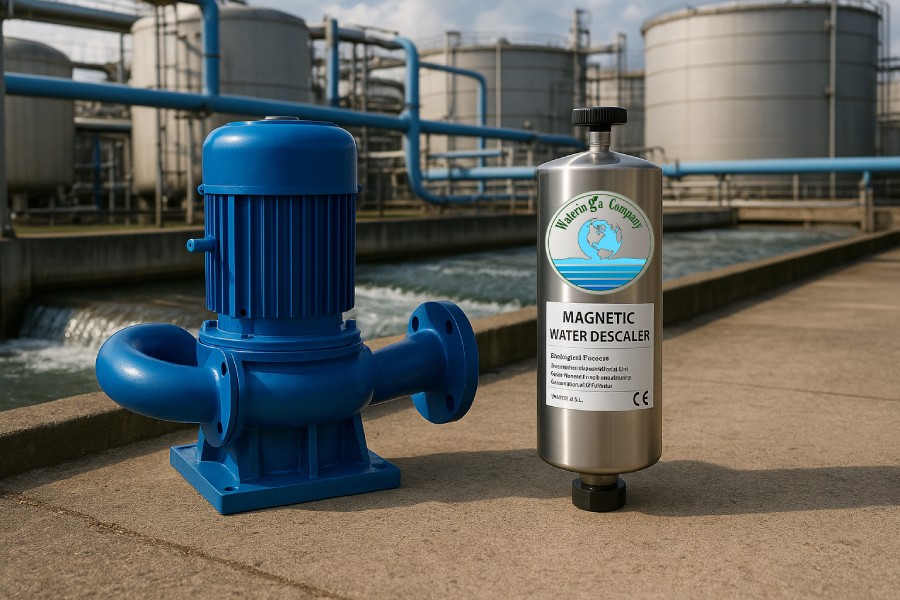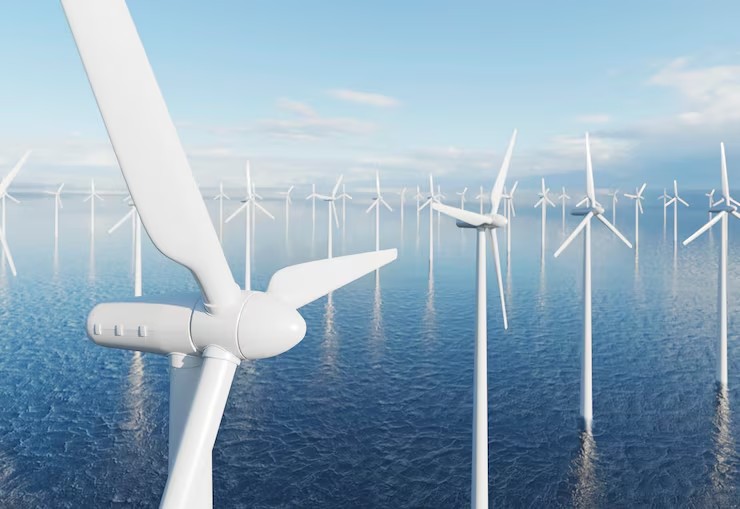Water treatment is important to safeguard the appliances, pipelines, and production systems from corrosion and mineral buildup. However, conventional water softening methods, mainly salt-based systems and chemical treatments, tend to be more harmful to the environment. Their processes consume energy, release pollutants, and produce waste that can harm the environment in the long term. Wateringa introduces a new generation of eco-friendly water technology designed to address these challenges through a chemical-free, energy-efficient process. This blog also compares the environmental effects caused by traditional forms of softening methods with Wateringa’s sustainable solution, and it explains why a greener approach is the smarter choice for the future.
The Environmental Costs of Traditional Water Softening
The common water softeners that are used in households and companies are the traditional systems, whose effects on the environment are usually ignored. These systems are very dependent on salt and chemicals that may have massive implications for the ecosystem and long-term sustainability.
Chemical Waste and Environmental Harm
The softeners based on salt inject large amounts of sodium into the water system. The waste is a chemical waste that contaminates the wastewater systems and the nearby water bodies. The impact on the environment is soil erosion and water pollution, especially in areas where clean water is already limited. Many communities are now reconsidering these systems because of their permanent ecological impact.
Energy Consumption and Carbon Footprint
Traditional systems require a lot of energy to regenerate their softening resins. This results in higher electricity usage and contributes to a larger carbon footprint. Over time, their dependence on energy-intensive processes makes them unsustainable for modern environmental goals. Switching to low-energy systems has become an emergency for homes and industries as well.
Ongoing Maintenance and Costs
Salt systems are always in need of maintenance and need constant salt replenishment as well as filter replacement. These ongoing expenses make them costly over time and inconvenient for homeowners and facility managers alike. The high maintenance cost and operational wastage create an unseen burden to the users who want to find a sustainable solution.
Wastewater Production
Traditional systems generate large volumes of wastewater during regeneration cycles, often containing dissolved salts and chemicals. This wastewater pollutes local environments and adds to the burden of municipal treatment plants. Such inefficiency highlights the need for a closed-loop, eco-conscious alternative that reduces waste and preserves natural resources.
Wateringa’s Chemical-Free, Sustainable Solution
Wateringa offers an entirely new approach to water treatment through its use of magnetic and electromagnetic energy. It represents a chemical-free, maintenance-free, and environmentally responsible way to prevent scale formation while supporting sustainability at every level.
No Chemicals, No Salt
The technology developed by Wateringa does not use any chemicals or salt, which makes the process of treatment safe and sustainable. Its electromagnetic waves change the way in which molecules of the minerals in water behave, and they do not form hard deposits. This novelty qualifies Wateringa as an option that suits eco-conscious consumers, who appreciate the quality of performance and also care about nature.
Energy Efficiency and Low Environmental Impact
Wateringa does not require much power and does not use electricity, unlike other traditional systems, which utilize the mechanical energy of water flow. This self-sustenance recycling system greatly decreases the amount of energy required in the operations, thereby decreasing the environmental pressure. The system helps Canada to achieve its green energy objectives because it complies with the net-zero emission targets.
No Ongoing Maintenance
Wateringa doesn’t require filters, salt replacement, or chemical treatment, which saves time and money on the part of the users. It has a long life due to the fact that it’s maintenance-free, and also lowers your waste system and resource use. This dependability guarantees the continuous running of either a household, factory, or even agricultural systems.
Sustainable Water Treatment
The magnetic energy process by Wateringa makes the mineral ions change in such a manner that they do not form any waste as a result of scaling. The outcome is clean water, increased life of the equipment, and quantifiable environmental returns. Its use is a stride towards living sustainably and managing water in a responsible manner for future generations.
Closing Thoughts
Traditional water softeners may solve the short-term problem of hard water, but will leave behind a trail of environmental harm and continued costs. The cleaner, smarter, and more sustainable alternative that ensures the safety of the planet and your investments, Wateringa proposes an eco-friendly solution for water treatment. The decision to go with Wateringa will entail the adoption of an innovation that promotes long-term sustainability and environmental responsibility.
Conclusion
Wateringa is not just a water treatment system; it is a vision of sustainable living. Its design is in the form of a chemical-free, energy-efficient, and maintenance-free future of water technology. The move away from the traditional water softening to the eco-friendly innovation proposed by Wateringa is not only a statement of improved performance but also a pledge to put our environment under good care.




